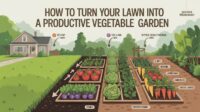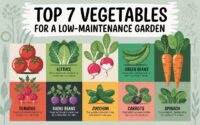Why Gardening Is the New Wellness Trend in America
Published: 2025-10-19
The Rise of Gardening as a Wellness Movement
In recent years, gardening has evolved from a hobby into a lifestyle. Across America, people are trading screen time for soil time. This shift is not accidental. As stress levels rise and digital fatigue grows, individuals are seeking grounding experiences. Gardening offers that connection.
Moreover, the pandemic accelerated this trend. With more time spent at home, people turned to their backyards. Seeds were planted and raised beds were built. As vegetables grew, so did a sense of purpose. Gardening became a form of therapy, not just a weekend activity.
Because it engages the body and calms the mind, gardening is now seen as a wellness practice. It is no longer limited to retirees or rural communities. Urban dwellers, young professionals and families are embracing the gardening lifestyle.
Gardening for Mental Health and Stress Relief
One of the most powerful benefits of gardening is its impact on mental health. Studies have shown that spending time in nature reduces cortisol levels. This hormone is linked to stress and anxiety. When hands are in the soil, the mind begins to relax.
Additionally, gardening provides a sense of control. In a world filled with uncertainty, watching a seed sprout offers reassurance. Tasks like watering and pruning create routine. This structure supports emotional stability.
Therapeutic gardening is now used in hospitals and rehabilitation centers. Patients recovering from trauma or depression find comfort in nurturing plants. The act of caring for something living fosters hope and resilience.
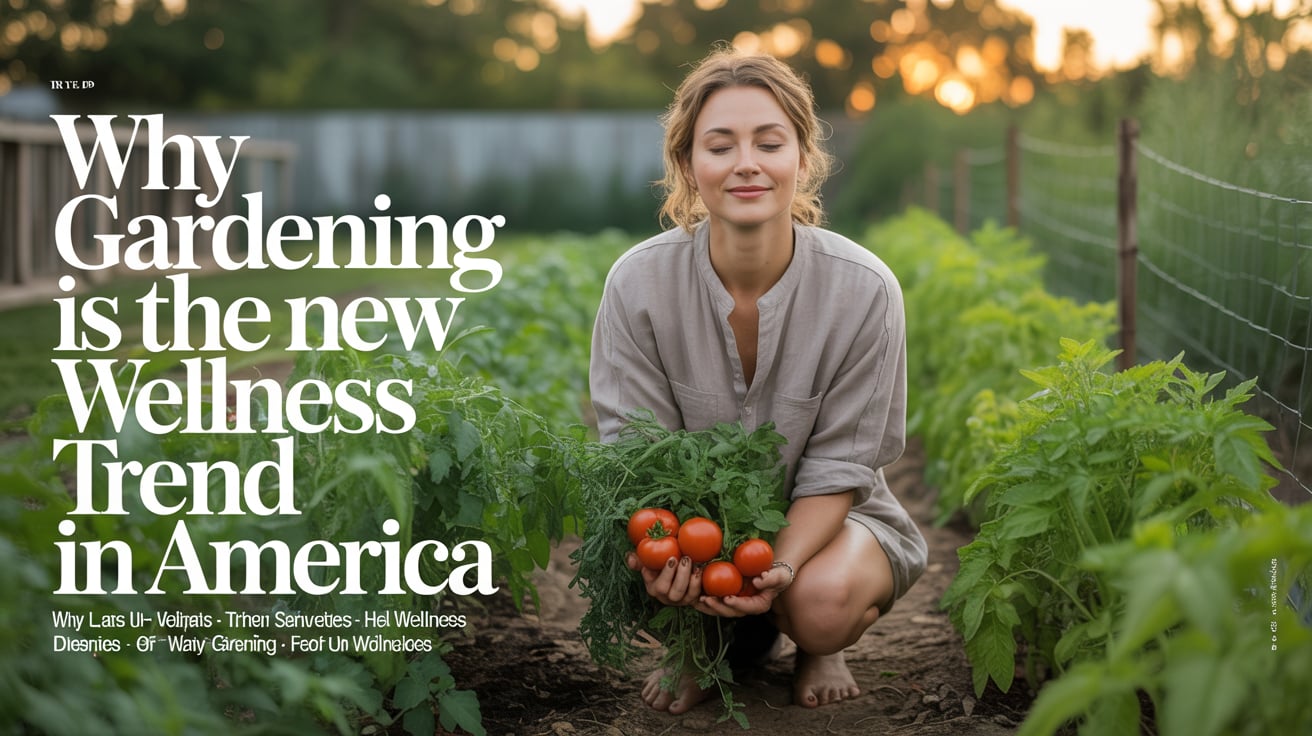
Physical Health Benefits of Gardening
Gardening is not just good for the mind. It also supports physical health. Digging, planting and weeding are forms of low-impact exercise. These activities improve flexibility, strength and cardiovascular health.
Moreover, exposure to sunlight boosts vitamin D levels. This vitamin supports bone health and immune function. Spending 30 minutes in the garden can meet daily vitamin D needs.
Because gardening encourages movement, it helps prevent sedentary lifestyles. Unlike gym workouts, gardening feels natural and enjoyable. Therefore, it is easier to maintain long-term.
When vegetables are grown at home, eating habits improve. Fresh produce is more accessible and appealing. Children who help in the garden are more likely to eat vegetables. This connection between effort and reward builds appreciation for healthy food.
Additionally, homegrown vegetables are free from pesticides and preservatives. Organic gardening ensures that food is clean and nutrient-rich. Flavor is enhanced and meals become more satisfying.
Meal planning becomes easier. With seasonal produce on hand, recipes are inspired by the garden. This reduces reliance on processed foods and supports weight management.
Environmental Wellness Through Gardening
Gardening also supports planetary health. Lawns consume water and chemicals without producing food. In contrast, vegetable gardens provide nourishment while improving soil and biodiversity.
Composting kitchen scraps reduces landfill waste. Mulching conserves water and prevents erosion. Pollinator-friendly plants support bees and butterflies. These practices contribute to a healthier ecosystem.
Moreover, growing food locally reduces carbon emissions. Transportation and packaging are minimized. By gardening, individuals become part of the solution to climate change.
Gardening and Mindfulness
Mindfulness is the practice of being present. Gardening naturally cultivates this state. When seeds are planted or weeds are pulled, attention is focused. Distractions fade and awareness deepens.
Breathing slows and thoughts become clear. The rhythm of gardening mirrors meditation. Each task becomes an opportunity to connect with the moment.
Because mindfulness reduces anxiety and improves focus, gardening is now used in wellness retreats. It complements yoga and meditation. Together, these practices create holistic well-being.
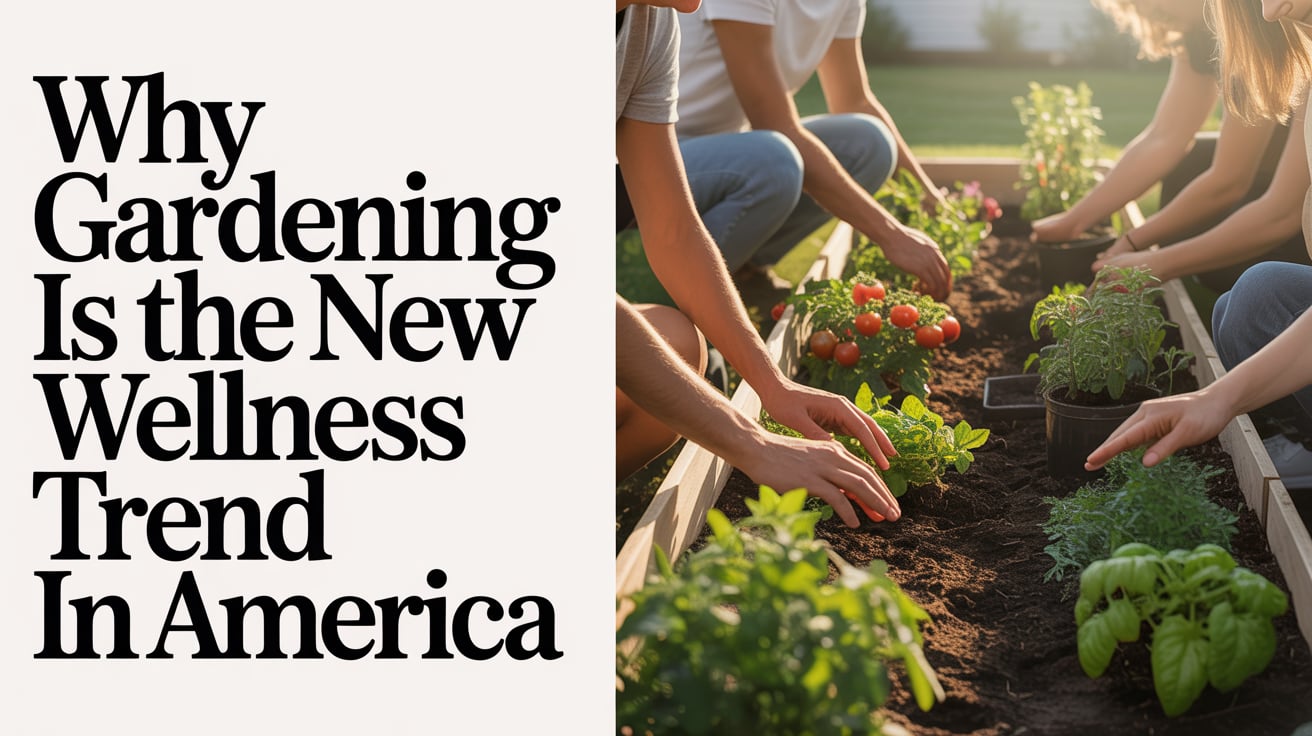
Gardening as a Social Wellness Activity
Gardening also builds community. Shared gardens bring neighbors together. Seeds are exchanged and harvests are shared. Conversations bloom alongside tomatoes and herbs.
Community gardens are now found in schools, churches and urban neighborhoods. They provide food security and social connection. Gardening clubs and online forums offer support and inspiration.
Moreover, intergenerational learning occurs. Elders pass down knowledge to younger gardeners. This exchange strengthens bonds and preserves traditions.
Gardening transforms outdoor spaces. Lawns become edible landscapes. Balconies are filled with herbs and flowers. Raised beds and vertical gardens maximize small areas.
These changes enhance property value and curb appeal. They also create sanctuaries for relaxation. A garden becomes a retreat from daily stress.
Indoor gardening is also growing. Houseplants purify air and add beauty. Hydroponic systems allow year-round vegetable growth. Gardening is now part of interior design and lifestyle branding.
The Economic Impact of Gardening
Gardening also makes financial sense. Grocery prices continue to rise. By growing food at home, costs are reduced. Herbs, greens and tomatoes offer high returns on investment.
Seed packets cost less than a single store-bought vegetable. Composting reduces waste disposal fees. Rain barrels lower water bills.
Moreover, gardening creates job opportunities. Nurseries, tool manufacturers and garden educators benefit. The gardening economy is thriving.
Gardening and Personal Growth
Gardening teaches patience and resilience. Not every seed sprouts. Pests may appear. Weather may disrupt plans. Yet gardeners adapt and learn.
These lessons extend beyond the garden. Problem-solving and persistence are developed. Confidence grows with each harvest.
Gardening also fosters creativity. Gardeners design layouts and experiment with colors. They blend function and beauty. This expression supports emotional well-being.
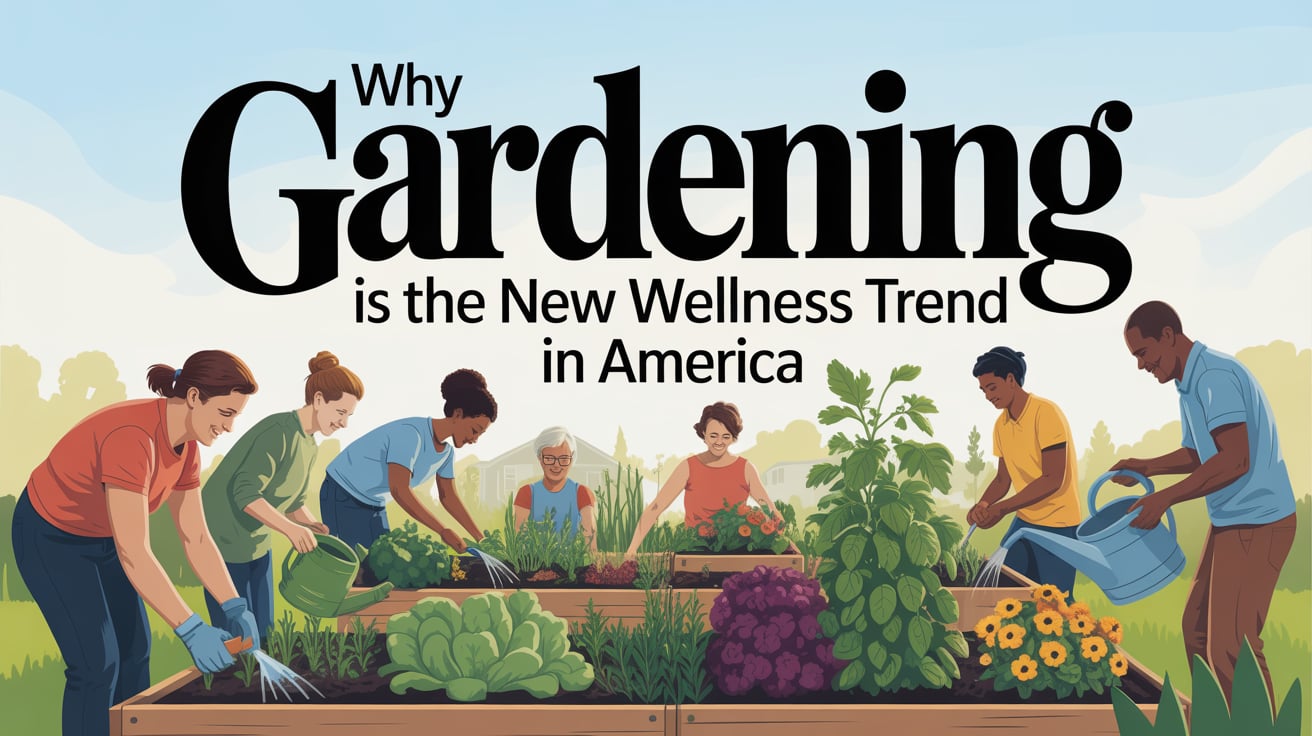
Gardening for All Ages and Abilities
Gardening is inclusive. Children learn responsibility and science. Adults find stress relief and purpose. Seniors maintain mobility and memory.
Raised beds and ergonomic tools support those with physical limitations. Sensory gardens engage individuals with autism or dementia. Gardening is adaptable and accessible.
Programs now exist for veterans, prisoners and students. Gardening is used for therapy, education and rehabilitation. Its benefits are universal.
Gardening and Cognitive Health
Gardening stimulates the brain. Planning, measuring and observing engage cognitive functions. Memory and attention are improved.
For seniors, gardening reduces dementia risk. It provides mental stimulation and physical activity. Tasks like labeling plants and tracking growth support memory.
Moreover, gardening reduces screen time. It encourages real-world interaction. This balance supports mental clarity and focus.
| Gardening as a Cultural and Spiritual Practice |
|---|
Gardening connects people to heritage. Heirloom seeds preserve cultural identity. Traditional planting methods are honored. Spiritual practices are also integrated. Some gardeners meditate while planting. Others offer gratitude before harvest. Gardening becomes a sacred act. Rituals and rhythms align with nature. Lunar planting and seasonal festivals are observed. Gardening becomes a spiritual journey. |
FAQs
Gardening lowers cortisol levels and promotes mindfulness.
Yes it supports emotional balance and reduces anxiety.
Yes it improves strength flexibility and cardiovascular health.
Lettuce radishes beans and herbs are great starter crops.
Even a balcony or windowsill can support container gardening.
Therapeutic gardening is used in mental health programs and shows positive results.
No basic tools seeds and compost are affordable and cost-saving long term.
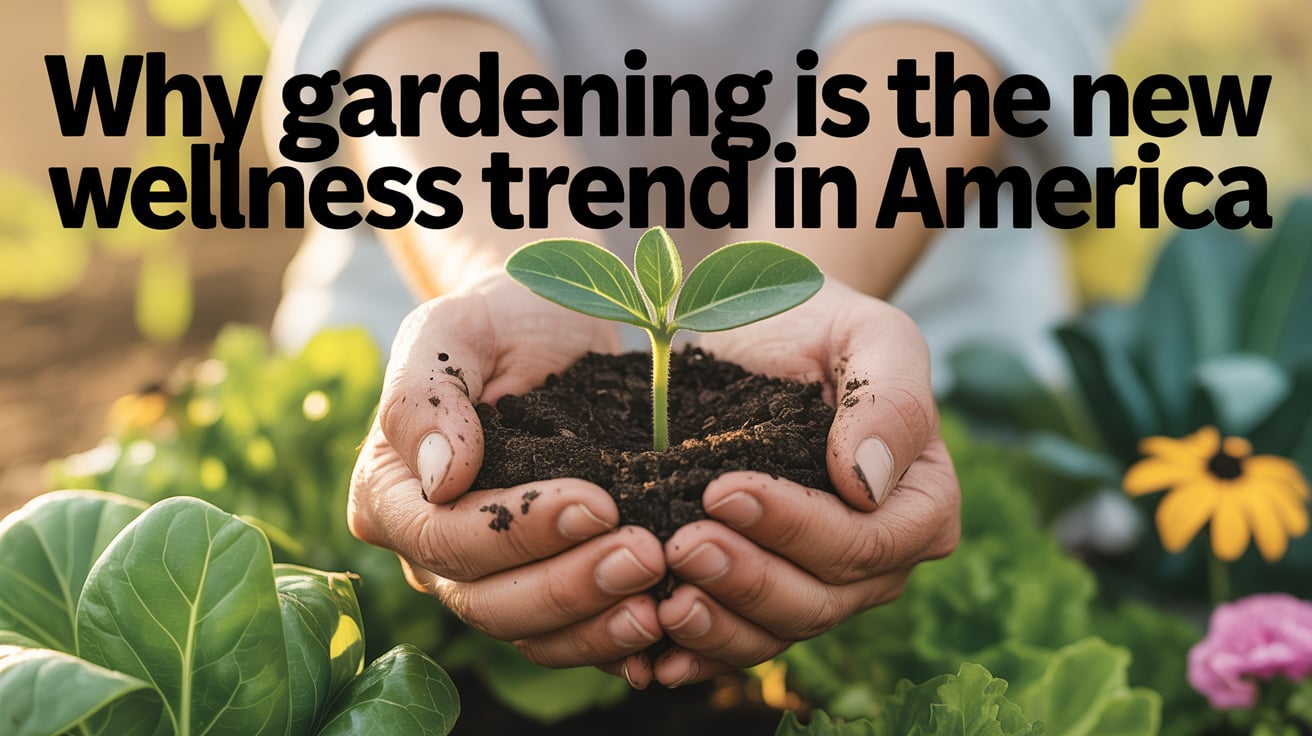
Conclusion: Embrace the Gardening Lifestyle
Gardening is more than a trend. It is a return to roots. In America, it is being embraced as a wellness practice. From mental clarity to physical vitality, the benefits are profound.
By turning soil, people are turning inward. They are healing, growing and connecting. Whether in a backyard or on a balcony, gardening offers peace and purpose.
This movement is not slowing down. As awareness grows, more people are planting seeds of change. Gardening is not just about food. It is about life.

- Be Respectful
- Stay Relevant
- Stay Positive
- True Feedback
- Encourage Discussion
- Avoid Spamming
- No Fake News
- Don't Copy-Paste
- No Personal Attacks



- Be Respectful
- Stay Relevant
- Stay Positive
- True Feedback
- Encourage Discussion
- Avoid Spamming
- No Fake News
- Don't Copy-Paste
- No Personal Attacks

